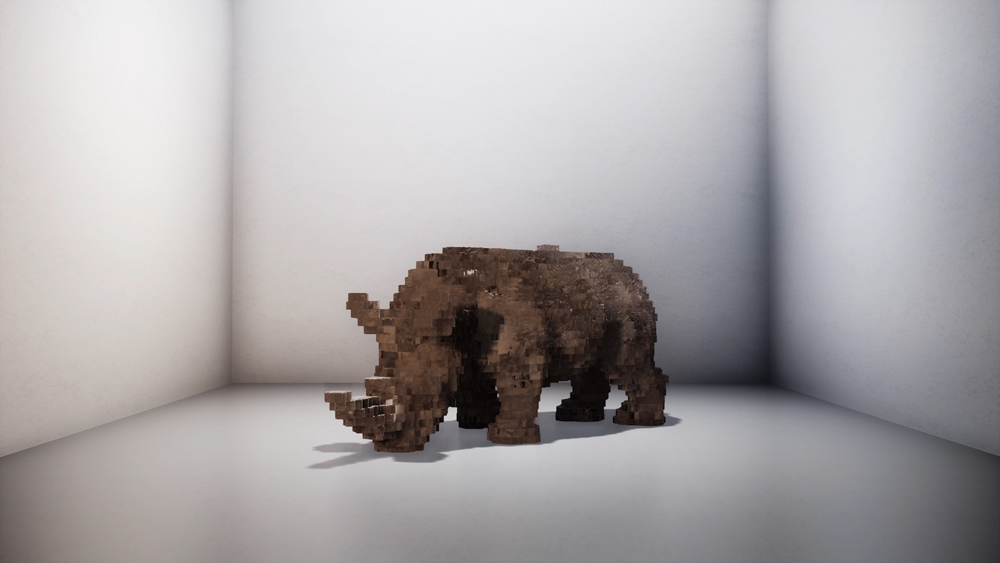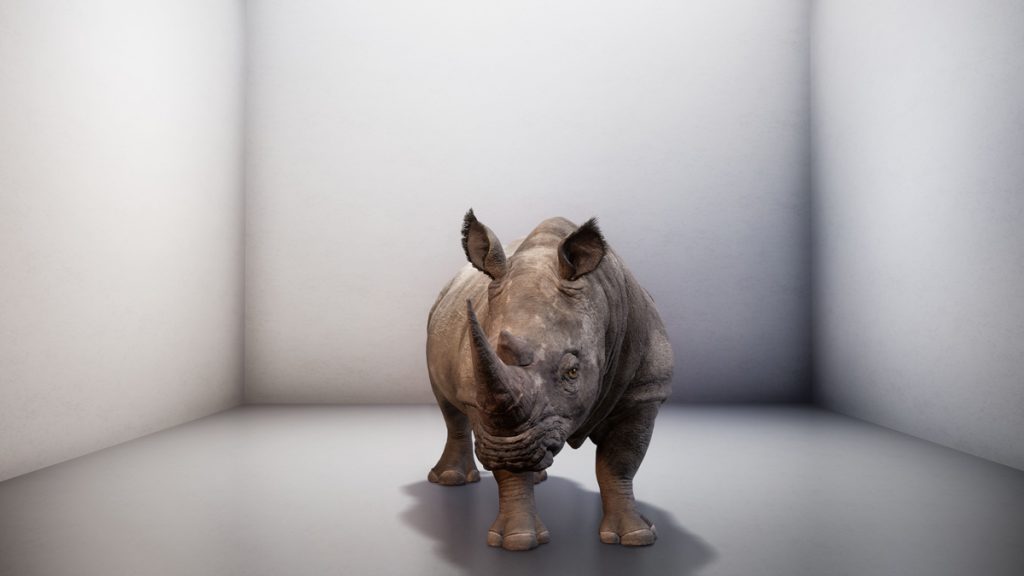An interactive project I admire is Club Penguin. Club Penguin before its discontinuation was an online children’s game that became popular among people of all ages. I admire the simplicity of the game itself, but also the community built by the chat feature within the game. Even years after original players of the game had become “too old” to play, many still enjoyed it as well as created a multitude of different forms of art from it. Memes and YouTube videos were created daily about Club Penguin which shows the lasting impact the project had. The idea was started by a singular person and then developed by himself, Lance Priebe, and a co-founder, Lane Merrifield. The company itself was formed with 10 employees and eventually grew to over 10 times that. The game was developed for years and there is no information regarding how long the bare bones of it took to create. Sources state the game was created with commercial software, utilizing Flash Player to run. The code itself uses many things, such as java, ActionScript, and more. It has also been said that the company did create its own custom extensions for preexisting software for optimization. The fan page for the game states the founder got his inspiration from a newspaper depicting a penguin and a banana peel. The futures Club Penguin pointed to have already been seen. As an old, discontinued game, it still has a strong fan-base and inspires media. A simple project has had a lasting impact which gives insight into how influential computational projects can be. The game itself was even sold to Disney for a guaranteed $350 million dollars, revealing that someone with a passion and an idea can become successful no matter what it is.
A link is not possible as the game has been shutdown.
Official Title: Club Penguin
– Creator/Founder: Lance Priebe
– Co-Founder: Lane Merrifield
Source of Information: https://clubpenguin.fandom.com/wiki/Club_Penguin#:~:text=They%20never%20advertised%20at%20all,Puffle%20temporarily%20for%20the%20party
*This information may not be accurate as it is simply a fan made forum
*however it was one of the sole places I could find any information on the
*history and creation of the project.

![[OLD FALL 2020] 15-104 • Introduction to Computing for Creative Practice](https://courses.ideate.cmu.edu/15-104/f2020/wp-content/uploads/2021/09/stop-banner.png)









